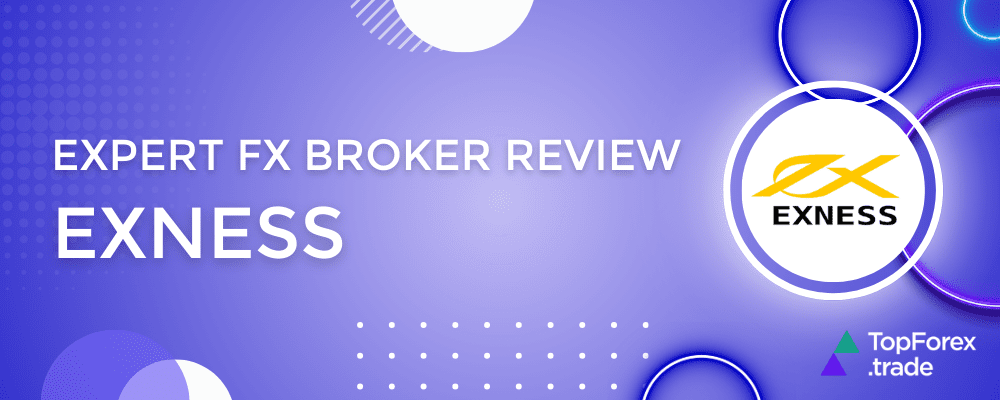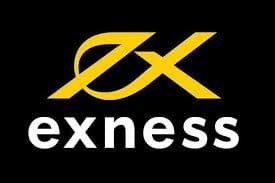Understanding Exness Leverage Change Implications for Traders

Understanding Exness Leverage Change: Implications for Traders
The exness leverage change Exness trading platform has been a popular choice among traders due to its favorable trading conditions, including various options for leverage that cater to both novice and experienced traders. However, the recent changes in leverage policies have prompted discussions within the trading community about the potential impacts on trading strategies and risk management. This article aims to provide a comprehensive overview of these changes, their reasons, and how traders can adapt their strategies to continue thriving in a dynamic trading environment.
What is Leverage in Forex Trading?
Leverage is a tool that allows traders to control larger positions with a relatively small amount of capital. It acts as a multiplier, enabling traders to magnify potential profits (and losses). For instance, a leverage ratio of 1:100 means that for every $1 a trader puts up, they can trade $100 in the market. While high leverage can lead to significant gains, it also increases the risk of substantial losses. Therefore, it’s crucial for traders to understand how leverage works and the implications of any changes in leverage ratios.
Reasons for Exness Leverage Change

The decision to change leverage ratios by Exness may stem from various factors, primarily aimed at ensuring the safety and sustainability of trading operations. Here are some potential reasons for these changes:
- Market Volatility: Financial markets can be highly volatile, and increased leverage can exacerbate risks during such times. By adjusting leverage ratios, brokerages can mitigate risks associated with sudden price swings.
- Regulatory Compliance: In many regions, financial regulators have set strict guidelines on leverage ratios to protect retail traders from excessive risk. Changes in regulations can prompt brokerages to adjust their leverage offerings accordingly.
- Risk Management: Lowering leverage can be part of a broader risk management strategy to ensure that traders are not overexposed to potentially catastrophic losses.
Impact of Leverage Changes on Traders
The revision of leverage ratios can have a profound impact on trading strategies. Here are some areas that traders should consider:
- Margin Requirements: When leverage is reduced, traders need to maintain a higher margin to open positions. This might limit the number of trades a trader can execute simultaneously.
- Position Sizing: Adjustments in leverage necessitate a reassessment of position sizes. Traders may need to take smaller positions to manage risk effectively, impacting their overall trading strategy.
- Profit and Loss Potential: Reduced leverage can limit potential gains, particularly for short-term traders who rely on quick price movements. Traders may need to adopt more conservative strategies and develop longer-term outlooks.

Strategies for Adapting to Leverage Changes
Adjusting to changes in leverage is essential for maintaining profitability. Here are some strategies that can help traders cope with these changes effectively:
- Review Risk Tolerance: Traders should reassess their risk tolerance in light of the new leverage conditions. This might involve setting stricter stop-loss orders and adjusting position sizes to mitigate potential losses.
- Diversify Your Trading Portfolio: Diversification can help manage risk. Traders may consider spreading their investments across different asset classes or instruments to lessen the impact of leveraged trades.
- Enhance Risk Management Techniques: Implementing more robust risk management strategies, such as trailing stops or scaling in and out of positions, can help traders navigate through periods of reduced leverage.
- Educate Yourself: Continuous education on trading strategies and market analysis is crucial. Traders should stay informed about market conditions and learn new tactics that align with their risk profiles and leverage limits.
Conclusion
The Exness leverage change represents a vital shift in the trading landscape, especially for those who rely heavily on leveraged trading. While such changes might initially seem daunting, they can also present opportunities for more disciplined trading and improved risk management. By understanding the implications of these changes and adapting strategies accordingly, traders can continue to pursue their trading goals effectively and sustainably.
As the trading environment evolves, it is essential for traders to remain flexible and responsive to regulatory changes. By embracing a mindset of continuous learning and adjustment, traders can thrive in the ever-changing world of forex and financial trading.

